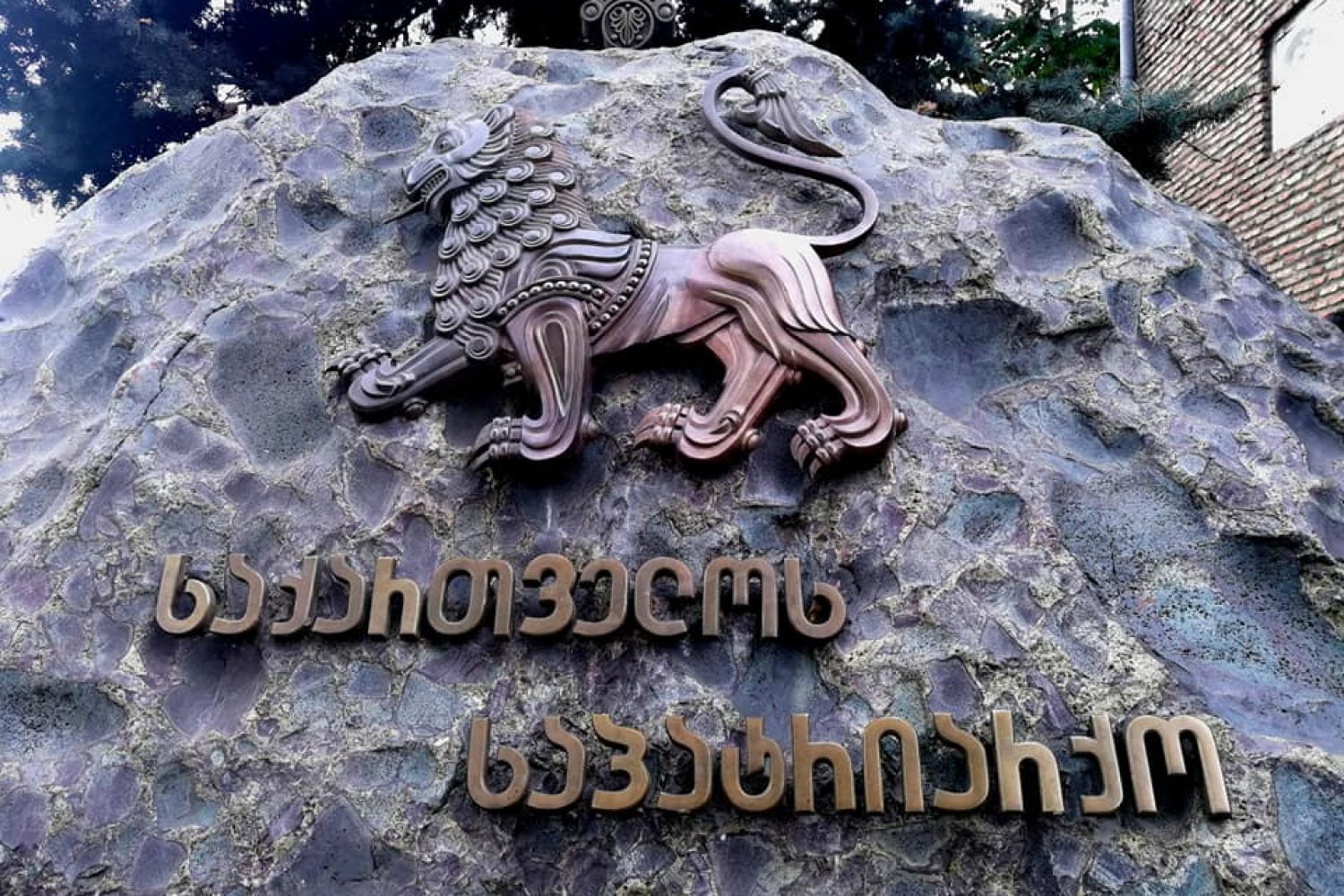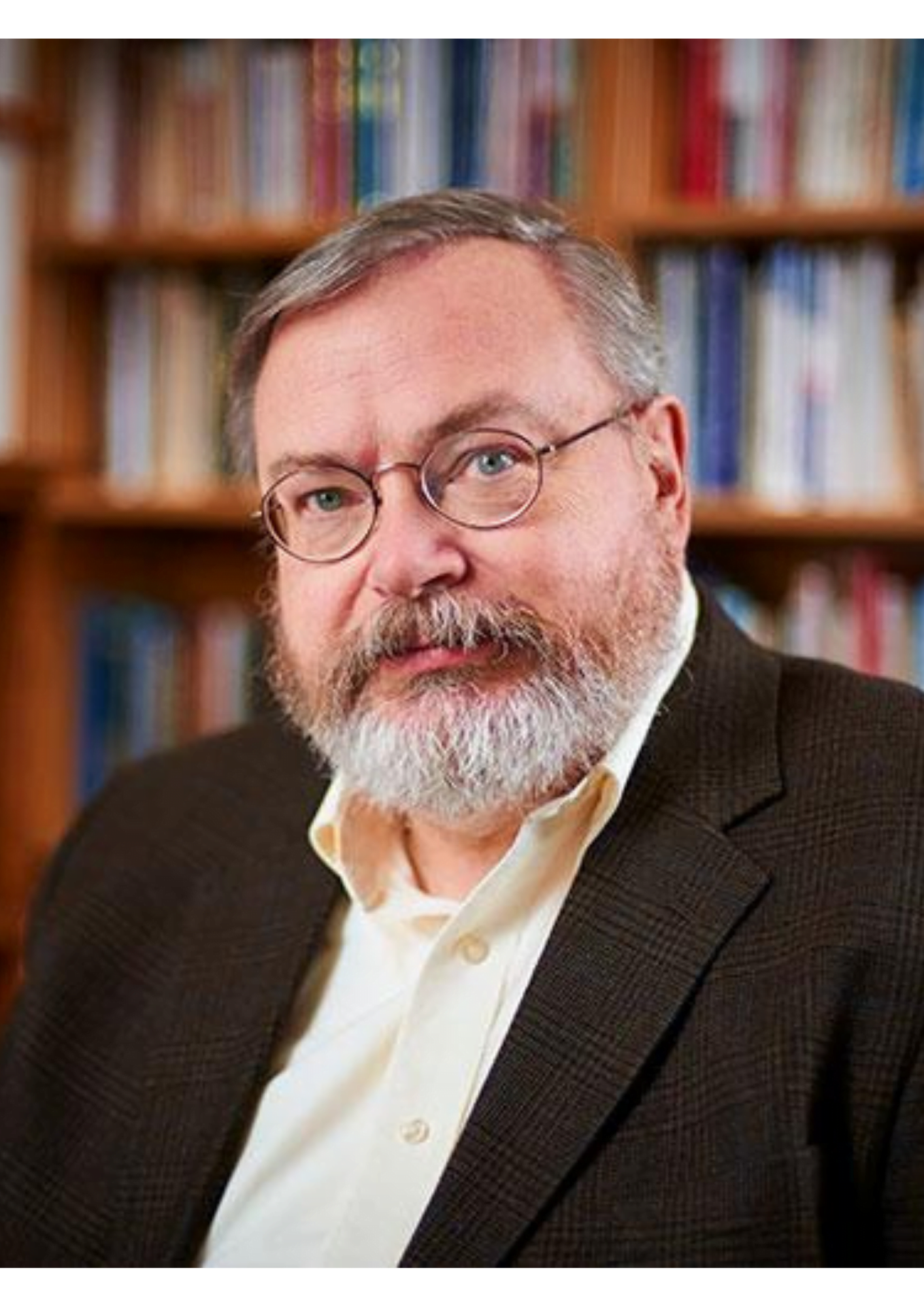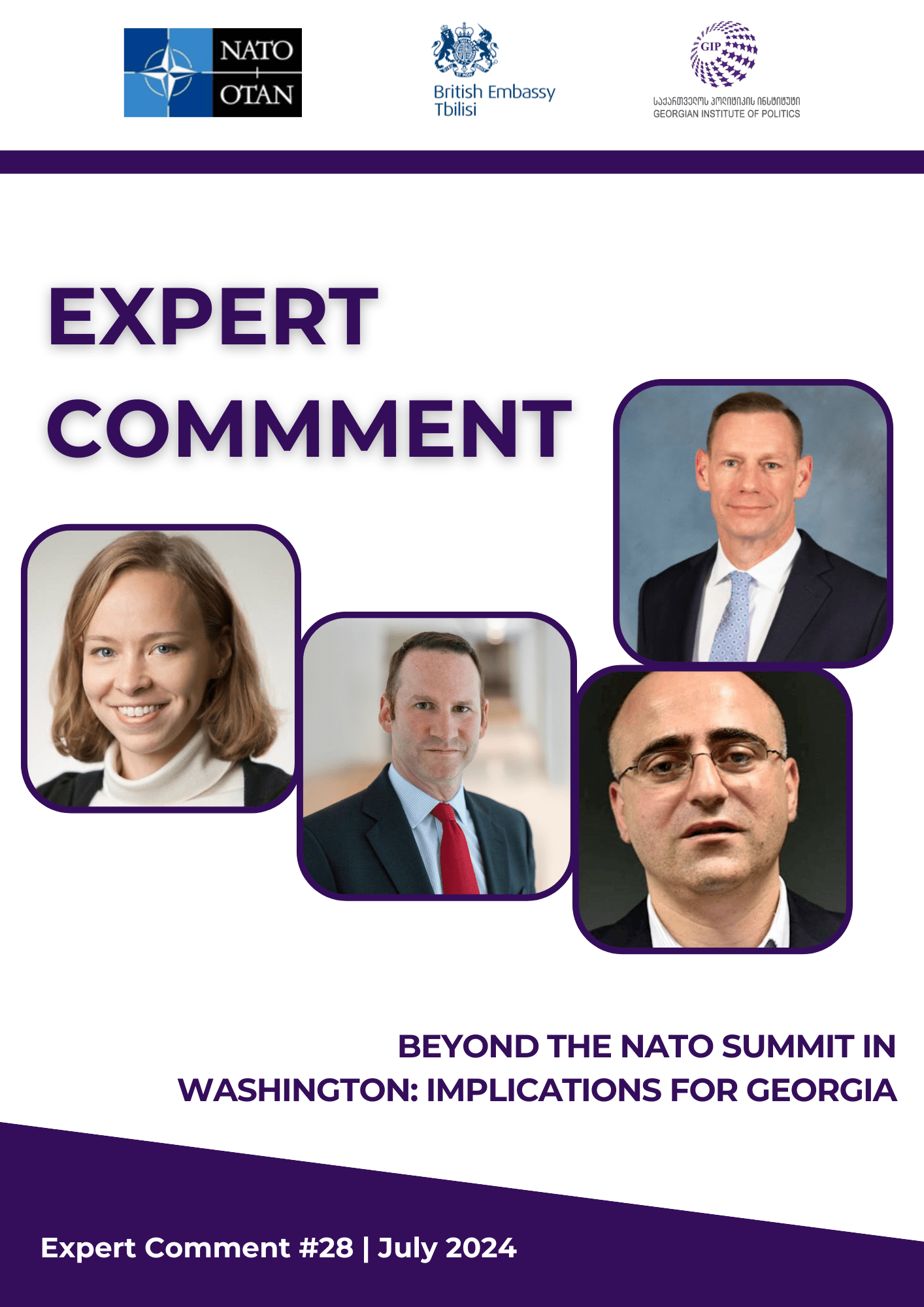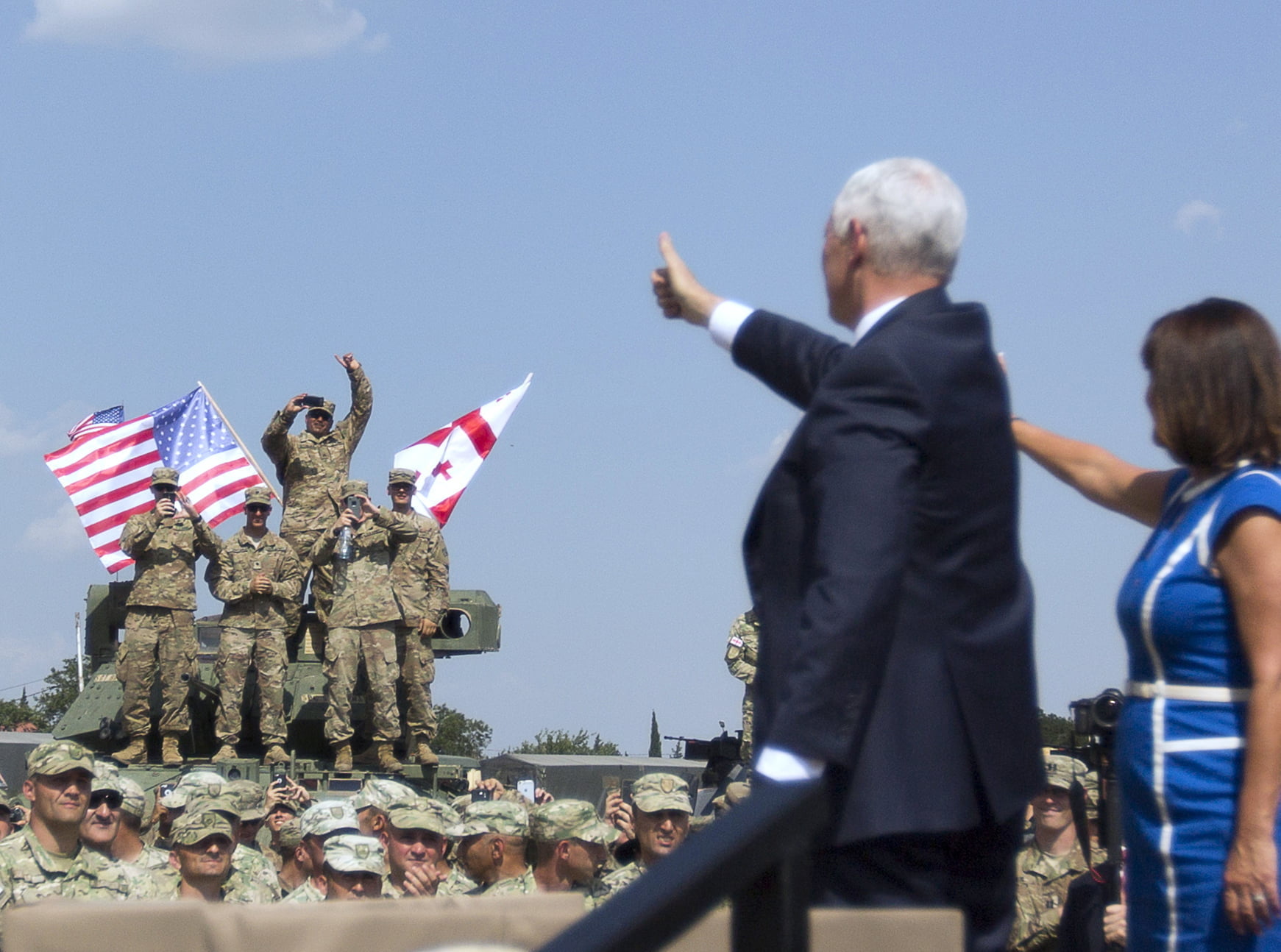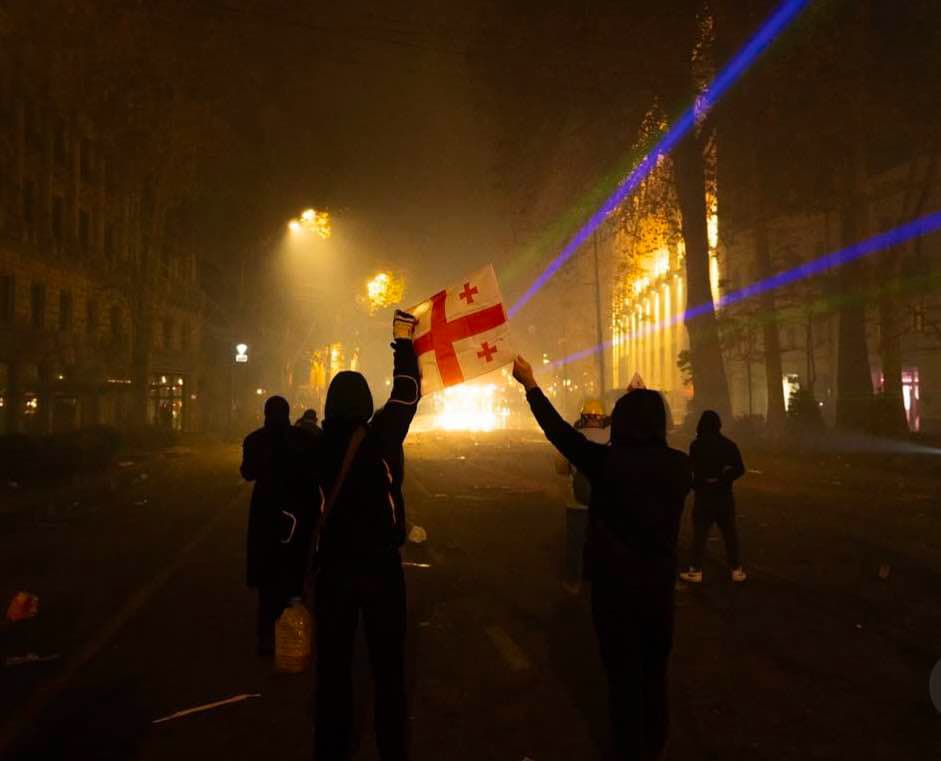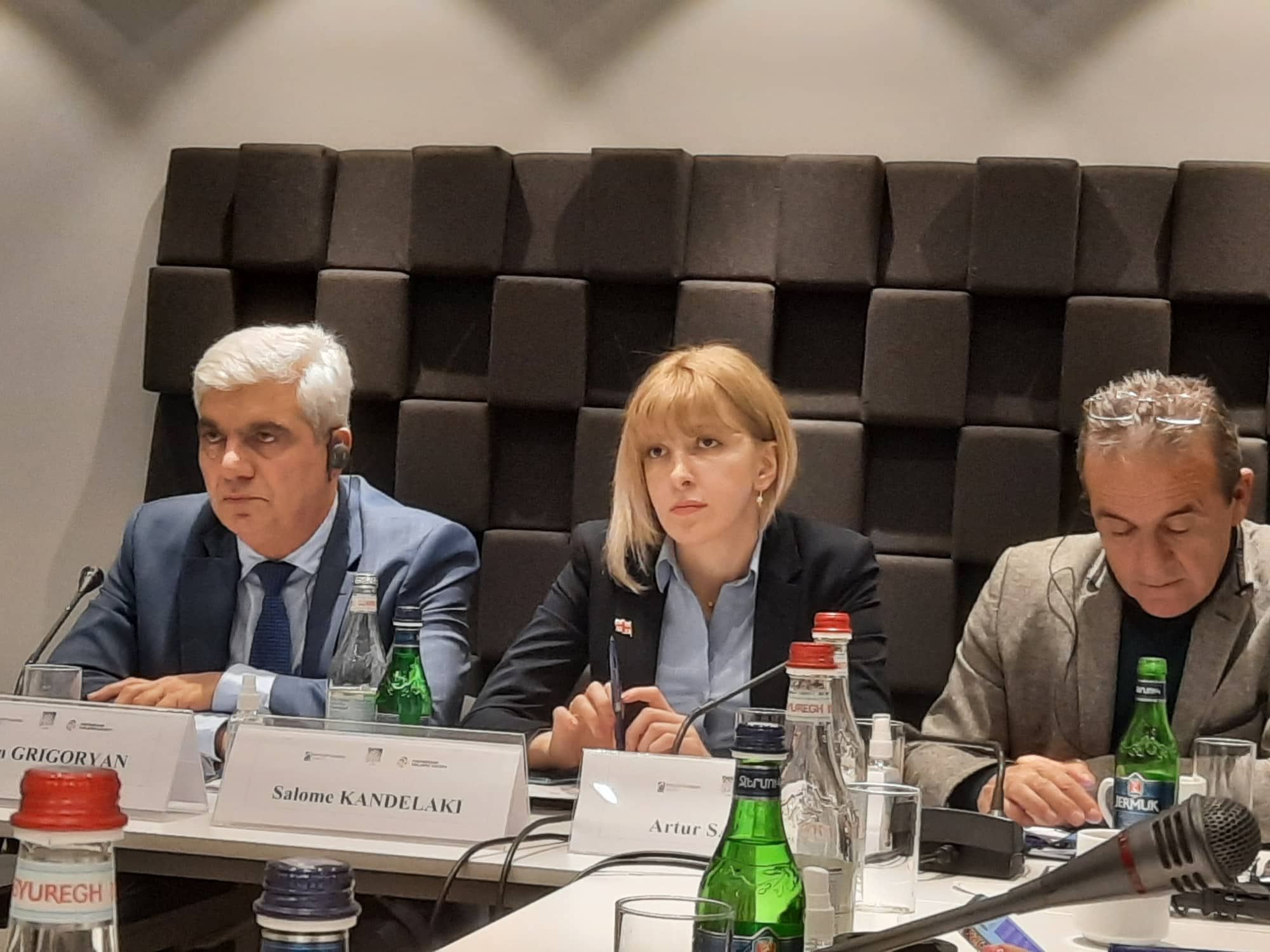
Author
Pablo Marcantonio
The war in Ukraine has given the rhetoric of the Georgian Orthodox Church a new degree of relevance. Indeed, the large-scale invasion of Russia and the subsequent major geopolitical reshuffle have revived the European interest in Georgia and Georgia’s European integration processes. It is in this entirely new context that the church, despite its huge popularity gives it real political leverage, has maintained rather cautious positions towards the conflict. This contrasts with the majority of Georgians who wish for major support to Ukraine and makes the analysis of the ecclesiastical stances all the more crucial. To do so, different reading keys can help us understand the rhetoric used by the church since the beginning of the conflict.
The Abkhazia and South Ossetia Issue
The occupied territories of Abkhazia and South Ossetia are a useful lens through which to view the church’s cautious rhetoric. Indeed, while Russia recognizes the independence of these territories, the Russian Orthodox Church still considers them to be within the canonical territory of the GOC. Although the situation on the ground is different, with the GOC having de facto no effective control, the threat of the canonical loss of these territories is a major lever in favor of the Russian Patriarchate in the ROC-GOC relations. Indeed, while the church focuses its communication on its support for Ukraine and its humanitarian efforts, it is cautious about naming Russia as the perpetrator of the war. The GOC waited almost a month to name it directly, with Patriarch Ilia’s address of 16 March: “Unfortunately, belligerent actions conducted by Russia continue in Ukraine, taking lives of thousands of people”. To date, the situation has not evolved in this regard.
In the same perspective, the threat of a canonical loss seems to play a role in the church’s positions on the issue of the autocephaly of the Ukrainian Orthodox Church, which separated itself from the influence of the Moscow Patriarchate. Indeed, while the MP still considers it as its canonical territory, the Ecumenical Patriarchate of Constantinople recognized it in 2019. In 2018, the clergy emphasized the importance of abstaining until the Patriarchates of Constantinople and Moscow had taken cognizance of the issue. Currently, however, while the Constantinople Patriarchate granted the UOC autocephaly in 2019 and ROC clearly opposed it, the GOC has still not taken a firm stance on the issue. Even though it is not the only Orthodox church that has not taken a clear stance (only four churches currently recognize the Ukrainian Autocephaly), its positions seem to be sealed by the situation in South Ossetia and Abkhazia.
Clergy’s ties to Russia
Another key of interpretation is that of the links between the clergy and the Russian sphere. Firstly, many personal bonds exist among the Georgian and Russian clergy, like, for example, the respective patriarchs knowing each other since the Soviet era. These links have been strengthened by the diplomatic role played by the two Orthodox churches in the 2008 conflict. Indeed, while the formal diplomatic relations between Russia and Georgia were interrupted, their respective churches worked as a bridge allowing a certain degree of communication between the two countries. These relations lead to regular contact between the two clergies and reinforced personal ties. During this period, the positions of the patriarch were very accommodating towards Russia, accusing Saakashvili of being responsible for the conflict and focusing on the Orthodox rapprochement of the two countries. This rhetoric had as its consequences the legitimization on the political scene, in the years after the war, of the rapprochement with Moscow. In this register, Ilia II was even decorated in 2013 by a foundation of the ROC for his commitment to the unity of the Orthodox nations. Moreover, the alleged leaks of the State Security Service of October 2021 seem to confirm this tendency and even suggest deeper links between the clergy and Russian interests. Despite having its own agenda, some members of the GOC seem to have personal objectives in line with those of Moscow, while the official statements emphasize a more genuine Orthodox sharing of values.
Status quo in the church leadership
The last tool for analyzing the situation concerns the status quo regarding the leadership of the church. The GOC, although the official positions of the church are centralized, is not an internally homogeneous institution. This is demonstrated by certain divergent positions on the conflict with, for example, the existence of some stronger positions against Russia, which some clergymen, like Bishop Melkisedek or Metropolitan Bishop Shiolashvili, call an aggressor, and are implying Putin is an “evil ruler”. On the other hand, some discourses are more similar to the narratives used by the Kremlin, such as the one used by Bishop Spiridon, who considers the war as “fratricidal” and blames his start on external forces. However, it is noteworthy that the majority of the clergy follows the positions of the Patriarch and the wider ecclesiastical leadership. While the latter, maintain a cautious rhetoric for the aforementioned reasons, their positions are moreover reinforced by the strongly hierarchical structure of the church institution. Furthermore, the leadership has been the same since the country’s independence, a fact that provided the leader with great popularity and permitted him to strengthen his visions inside the clergy. These paradigms make it less likely that the institution will change its position abruptly. However, the importance of the status quo is best illustrated by considering its potential jeopardy. Indeed, the church will face one of its greatest contemporary challenges in the years to come with the succession of the aging Patriarch Ilia II. As the church would become more fragile and lose an important point of reference, a change in leadership could drastically affect, or not, the church’s position. The current leadership seems to be aware of the challenge, as evidenced by the appointment by Ilia II of Metropolitan Shio Mujiri as Patriarchal Locum Tenens in 2017.
Conclusion
Despite the great geopolitical changes initiated since the war in Ukraine, the GOC seems to have maintained a constant line with the pre-war situation by showing a cautious approach toward Russia. There are several reasons for this line of attitude. Firstly, the threat of a canonical loss in the de-facto independent territories weights to restrain the GOC’s positioning, as the situation regarding Ukrainian autocephaly shows. This is reflected in the rhetoric used by the GOC, by maintaining timid positions towards Russia while supporting Ukraine, it seems to search for a balance between not offending Russia and not alienating the predominantly pro-Ukrainian Georgian population in the conflict. Secondly, the personal relations between members of the Georgian clergy with Russian clergymen and politicians underline certain proximity of the two spheres while influencing the institutional relations between them. Finally, the presence of a status quo in the ecclesiastical leadership tends to maintain the trends and connections already in place. As for possible evolutions, the main changing factor could be the succession of Ilia II, which seems to be a strong challenge for the church and could allow a change of approach in the ecclesiastical rhetoric. Alternatively, a new escalation of the conflict by Russia, nuclear or other line-crossing means, could make it more difficult to morally justify the current positions of the church to its public and might force them to change their approach.
Pablo Marcantonio – Intern, Georgian Institute of Politics

